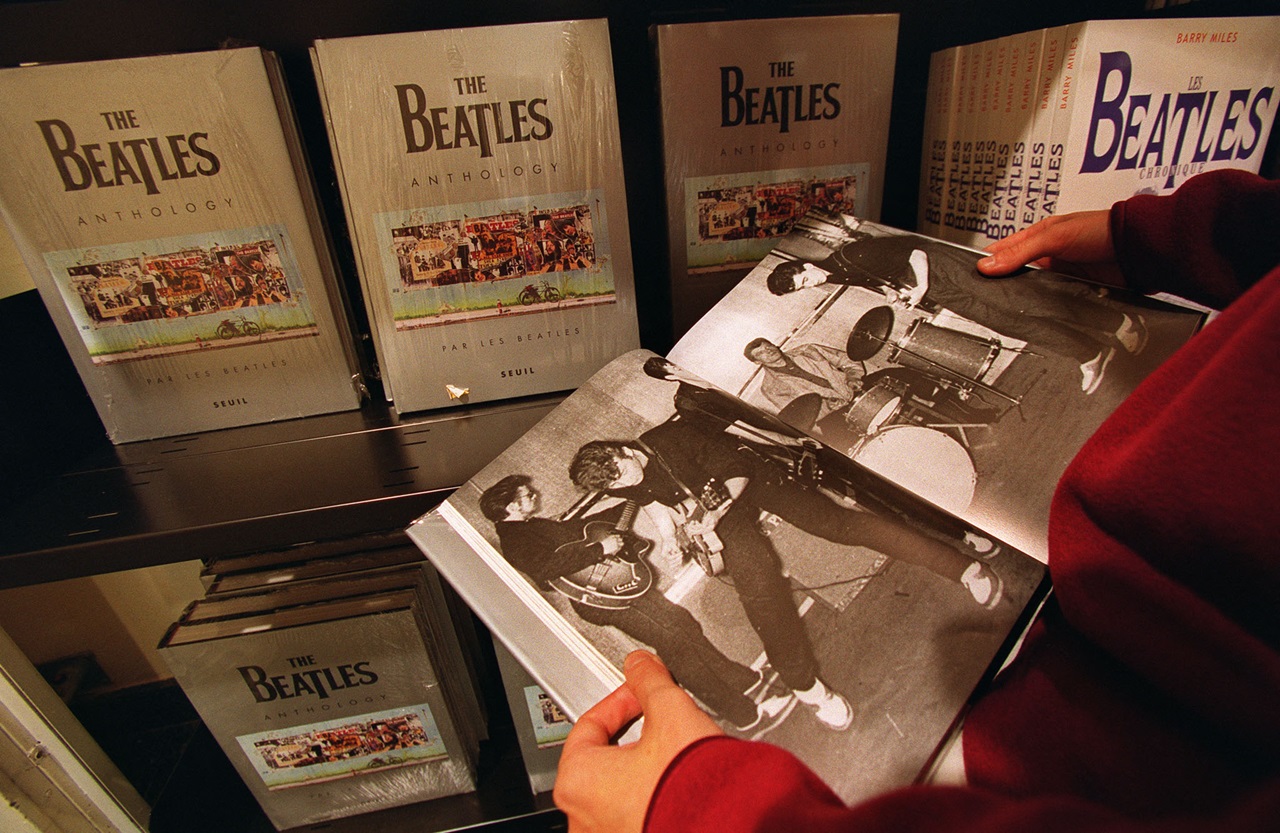
Burn, the new Spanglish mariachi from Florencia Cuenca
Florencia Cuenca sings a reinterpretation, in Spanglish and with the intense emotionality of the mariachi, of Burn, the song of the musical Hamilton.
A woman takes the letters her lover has sent her and looks at them. She passes the letters one by one and with each letter she remembers the moment she received it, what was happening in her life at that moment, in her beloved's life and when she wrote the answer.
She recounts the history of the relationship, the warning signs she received and did not want to listen to, remembers the good times together and reaches the present: the discovery of the betrayal.
That's when she makes the decision to burn the letters, because to burn them is also to kick him out of her life and claim control again.
This is the narrative arc of "Burn," one of the songs from Lin-Manuel Miranda's Broadway musical Hamilton, of which Florencia Cuenca has made her own version, with musical arrangements and production by Jaime Lozano.
Cuenca's "Burn" makes you think about the way you tell stories that have touched you deeply, but of which you don't necessarily remember every word.
RELATED CONTENT
What happens in those cases is that when you tell the story of the film or play you saw, the novel you just finished reading and you are still moved by it, you change the rhythms, adjust words, include your own voice inflections. And in doing so, the person who hears it feels its authenticity and then enjoys it.
Cuenca has not simply tried to sing the song again, carbon copied, she has not tried to imitate Miranda. Instead, she appropriated it to do something else. Cuenca has given up her culture, her language and the power of mariachi vibrato. The song has been happily nourished by this exercise.
Thanks to the mix of Cuenca's singing, hurt, warring and torn, and Lozano's arrangements for mariachi ensemble, there is a coherence between the two components of the song that makes them stand out mutually.
The decision to intervene in the lyrics and sing in Spanglish has also been a wise move: Spanglish is a way of being between two cultures and swimming in those waters of mixture, renouncing puritanism, assuming that one is now a hybrid.
“As a brown Mexican immigrant with an accent, I don’t yet have many options to be a leading lady on a Broadway show, so I am working to create opportunities for people like me to be on stage. As I work towards that dream, I am experimenting with how my mixed musical upbringing could reimagine my favorite musical theatre songs, playing with not only the ‘mezcla’ of musical traditions but how an immigrant woman learning a second language sounds when she speaks,” says Florencia Cuenca.
Embracing the mix and reinterpreting the music in its entirety opens up new expressive possibilities and highlights aspects that may not have been as brilliant in other versions, such as the tearing of the voice.











LEAVE A COMMENT:
Join the discussion! Leave a comment.